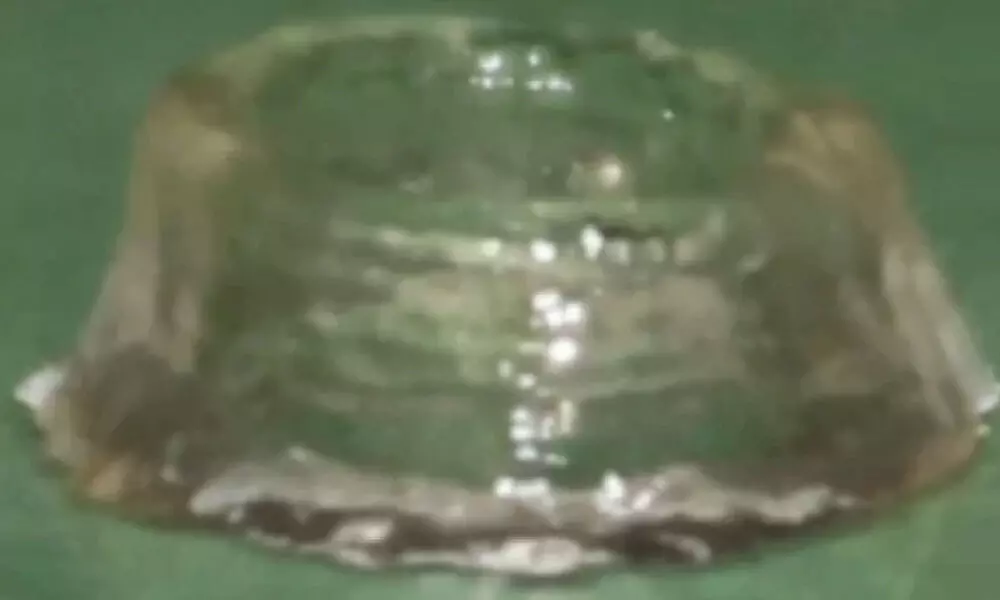3D Printer Prints Living Blobs Using Ink Made From Microbes

3D Printer Prints Living Blobs Using Ink Made From Microbes
- Scientists have described a new sort of 'living ink' or bioink produced from programmable Escherichia coli bacterial cells that could be 3D-printed to generate hydrogels in various shapes that discharge various types of medications
- To make the fibers, E. coli cells were mixed with other ingredients in a chemical process inspired by fibrin, a protein that helps animals form blood clots
Scientists have described a new sort of 'living ink' or bioink produced from programmable Escherichia coli bacterial cells that could be 3D-printed to generate hydrogels in various shapes that discharge various types of medications or absorb toxins depending on how they were built in a new study. This initiative differs from preceding bioinks in that it employs genetic programming to control the mechanical properties of the ink itself, resulting in better end results in the finished material and more practical applications for the ink.
Chemical biologist Neel Joshi from Northeastern University in Massachusetts stated that a tree contains cells, and it grows from a seed to a tree by accumulating materials from its environment in order to carry out structure-building programs. Bioengineering bacterial cells to make living nanofibers is how it works. To make the fibers, E. coli cells were mixed with other ingredients in a chemical process inspired by fibrin, a protein that helps animals form blood clots, reported Science Alert.
These protein-based nanofibers can then be molded into various shapes using a 3D printer. This bioink, unlike earlier bioinks, does not contain any artificial ingredients and is totally biological. It's squeezed out like toothpaste, but it can hold its shape if it's not allowed to dry out. The approach has so far only been utilized to create very small shapes, such as a circle, a square, and a cone. However, now that scientists have demonstrated that microbial ink can be 3D-printed in this manner, it opens up more future possibilities.
The team was able to mix their bioink with other bacteria in studies to accomplish certain tasks, such as absorbing hazardous chemicals or delivering an anti-cancer medicine. The ink might possibly be made to self-replicate in the future. This research builds on previous work by the same group, which looked at how E. coli cells could be developed into a hydrogel that self-replicates when it comes into contact with a specific tissue, potentially paving the way for a new and sustainable manufacturing method that can be utilized on the Moon and Mars including on Earth.
While the 3D-printable bioink has primarily been used on a small scale so far, it has the potential to be employed in everything from self-healing buildings to bottle caps that can filter harmful pollutants from water in the future.

















